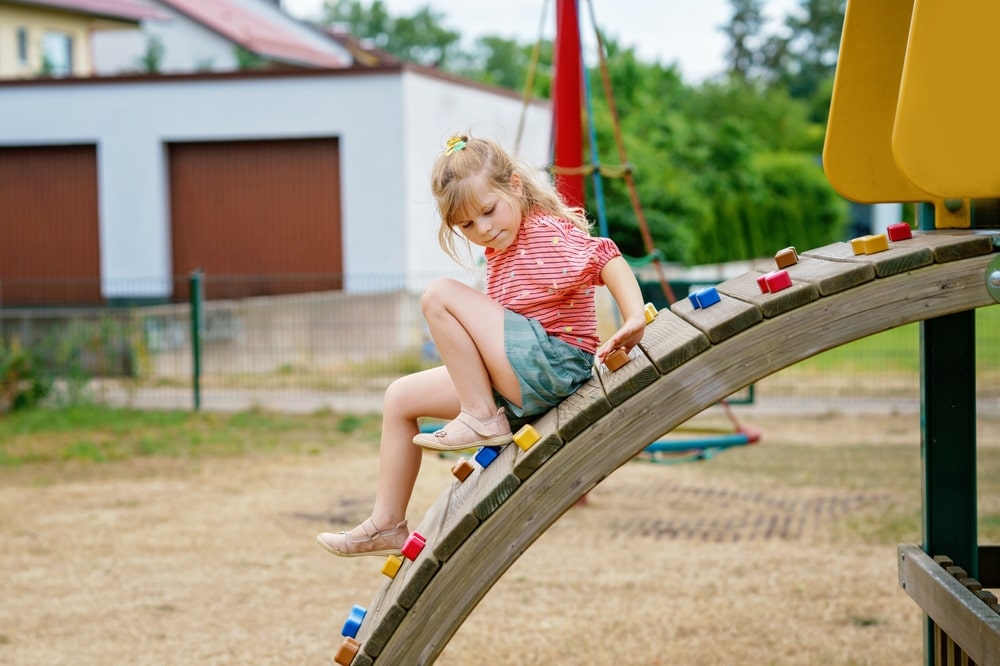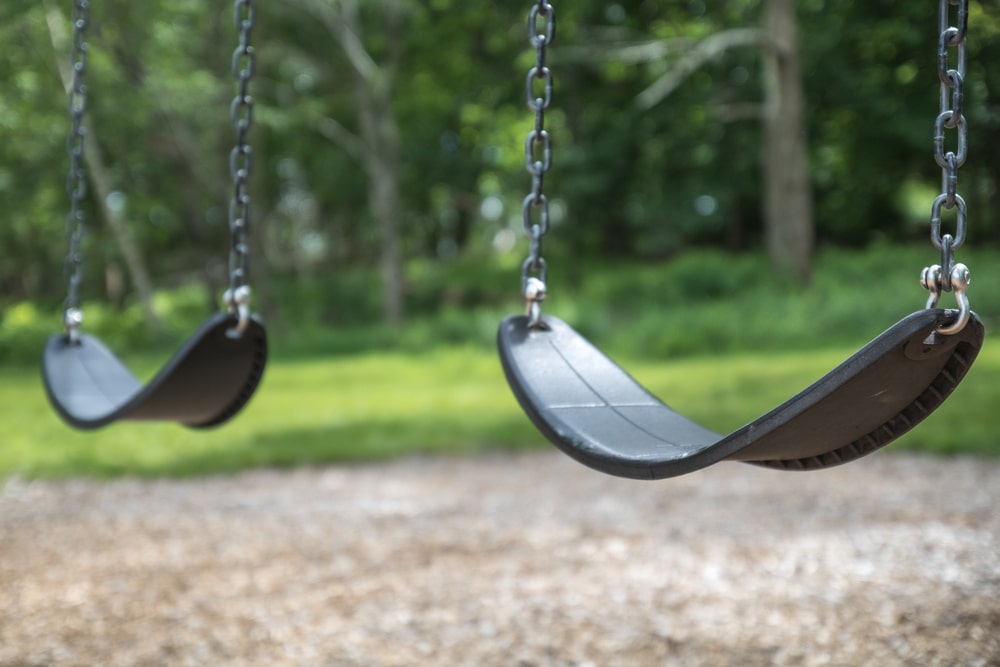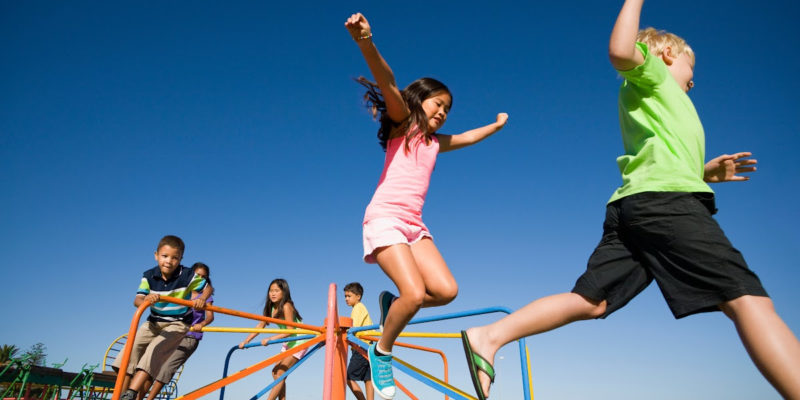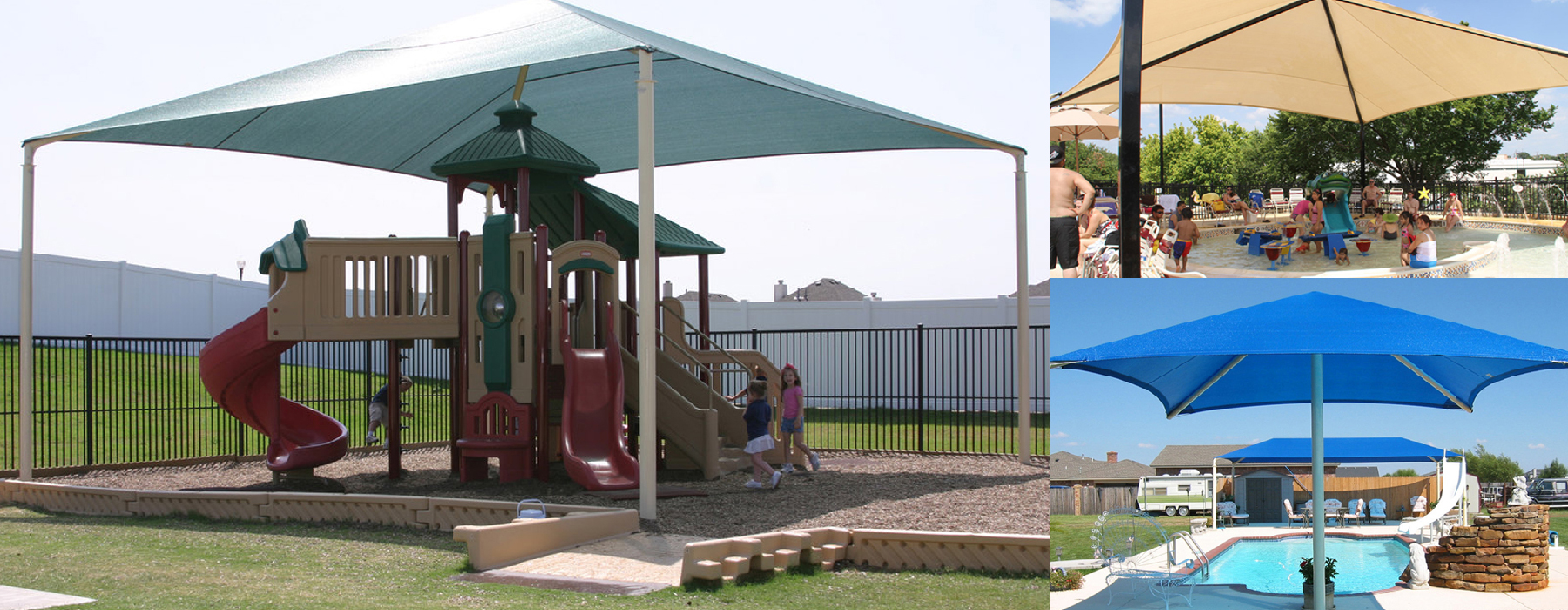
Playground Safety Tips: Ensuring a Secure and Fun Experience
Children spend most of their time in the playgrounds having fun on the rides and playing with their friends. Educating […]
June 19,2023

Tips To Maintain Playground Equipment
Playground equipment is a great way to provide children with entertainment and relaxation. Whether it’s in a preschool or a […]
May 19,2023

Why Taking Kids Around Playgrounds Can Never Go Wrong?
An outdoor playground may seem fun for children, but it is more than that. A kids outdoor playground teaches children […]
September 21,2022

Why Choosing a Right Environment for Kids is Important?
The environment in which your child lives, plays, and learns, including the outdoor playground, is extremely important to their development. […]
August 09,2022

Fall Sports and Safety: 5 Tips for Preventing Kids’ Injuries
With Labor Day just a couple of weeks away, fall sports programs at your school or in your community will […]
August 31,2017

Tips for Keeping Playground Walkways and Sidewalks Safe and Clean
With summer nearly here, it won’t be long before kids and families begin flocking to your playground. While you get […]
May 18,2017

What Safety Signage Does Our Playground Need?
Our playgrounds offer kids and families a secure, engaging space where they can enjoy fresh air while reaping the benefits […]
April 28,2017

A Safe Place to Play This Summer
With school out and summer now in full swing, kids will be heading to their local playgrounds for some fun […]
July 07,2016

